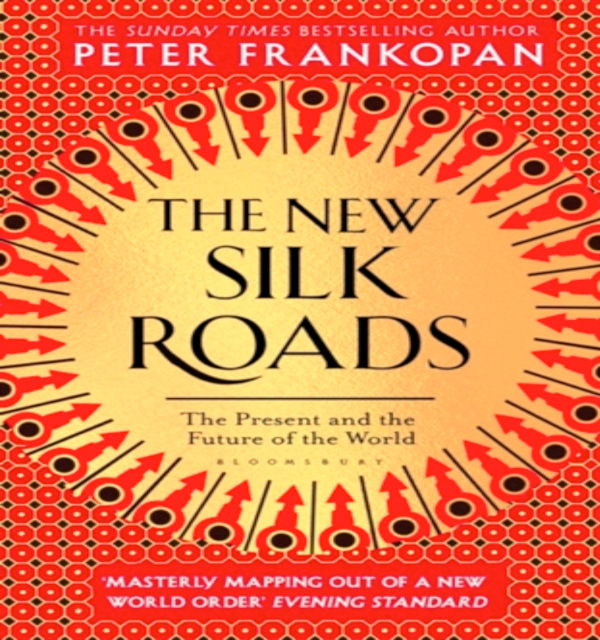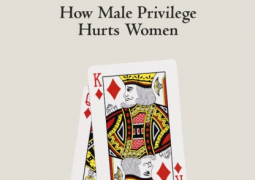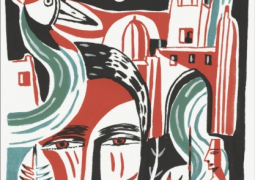
At the beginning of the 20th century, when the British empire spanned a sixth of the world, the geographer Halford Mackinder gave a lecture to the Royal Geographical Society laying out a theory of global power. “The pivot region of the world’s politics” was not in Britain or its seaborne empire, but “the vast area of Euro-Asia” that stretched from the Volga to the Yangtze. He called it the “heartland”, and whoever controlled it, he argued, controlled the world.
Mackinder’s vision stood at odds with the political map of his times. Britain, notably, did not control the heartland; nor did the next biggest territorial empire, that of the French; nor did the emerging rivals Britons were worried about, Germany and the US. A century later, Mackinder has enjoyed a revival for his apparently prescient insights into today’s power politics.
Peter Frankopan doesn’t mention Mackinder, but this was the terrain he chronicled in his sweeping 2015 history The Silk Roads. In The New Silk Roads, he offers an extended epilogue that argues for the heartland’s continuing centrality to 21st-century trade and security. It cannot be a surprise to many readers that the balance of economic power today is tilting east – or that relative decline is having disruptive, polarising effects on the west. (Though just in case you have missed the news for the last couple of years, Frankopan quotes liberally from Donald Trump to make the point.) What The New Silk Roads contributes is a concise illustration of this shift from a Eurasian vantage point. Breezy and accessible, it seems perfectly pitched for a young student curious about globalisation, or for a passenger flying to China for the first time on business.
Peter Frankopan is professor of global history at Oxford University. Photograph: Richard Saker/The Observer
After a long preamble on how the world has changed over the past 25 years, Frankopan travels to central Asia to explore its economic salience today. Iran provides a third of India’s oil, Azerbaijan pumps gas to south-eastern Europe, Afghanistan is building a pipeline into Pakistan and India. A “dry port” at Khorgos, on the Chinese border with Kazakhstan, acts as a giant dispatch centre for goods shipped in from coasts well over 1,000 miles away, while a spanking new seaport sits on the Caspian shores of Turkmenistan. It’s the world’s largest port below sea level, and – the kind of unfamiliar detail Frankopan wields at his best – one of a host of Turkmen world records including the “largest handmade woven carpet, the largest indoor Ferris wheel … the largest star-shaped roof on a building and the largest symbol of a horse in the world”.
In contrast to the secessionist drive of Trumpians and Brexiters, Frankopan shows how nations along the old Silk Road have been busily cultivating cross-border cooperation. A Eurasian Economic Union already reaches from Belarus through Russia to Armenia, Kyrgyzstan and Kazakhstan, and has engaged in trade talks with Iran. Then there’s “the Bright Road initiative of Kazakhstan, the Two Corridors, One Economic Circle initiative of Vietnam, the Middle Corridor initiative of Turkey, the Development Road initiative of Mongolia” – all echoes, of course, of the biggest connective project of all, China’s One Belt, One Road initiative.
Breathtakingly ambitious and “breathtakingly ambiguous”, the belt and road plan embodies China’s ambition to build land and sea connections to its neighbours. Much of The New Silk Roads is about how China’s “road” has come to ring the world. “Over 80 countries are now part of the initiative,” Frankopan points out, encompassing more than 63% of the world’s population and 29% of its global economic output.
Because of the genuinely global sweep of Chinese investment, Frankopan’s “new Silk Road” is often less an account of what’s happening in the heartland itself than it is a chronicle of the latest stage in modern globalisation. The terms of globalisation as most of us know it today have been laid down over the last 40 years or so by western neoliberals. The interesting question is what the rules of a China-led global order will look like. Frankopan cites Xi Jinping on China’s desire to “boost mutual understanding, mutual respect and mutual trust” and promote “peace and development”. As critics will swiftly note, such principles sit alongside Chinese government practices including sabre-rattling in the South China Sea; predatory loan practices in sub-Saharan Africa; pressure placed on commercial airlines to change in-flight maps “to reflect Beijing’s views of the status of Taiwan”; and, most disturbingly, the detention of hundreds of thousands of Uighurs into “re-education camps”. A glance at the history of modern imperialism will show that the holders of global power live in glass houses, and there are plenty of stones to go around.
The term “empire” scarcely appears in this book, but the concept is pervasive. From the Atlantic-Pacific canal in Nicaragua to the Cape-to-Cairo railway in Africa, Chinese-led infrastructure projects mirror those undertaken by western investors and engineers 150 years ago. These may well be purely economic ventures, at least in their inception,, at least at their inception, rather than bids for territorial or political control: Xi has insisted that China’s investments in sub-Saharan Africa are guided by a policy of “no interference in African countries’ internal affairs; no imposition of our will on African countries; no attachment of political strings to assistance to Africa; and no seeking of selfish political gains”. Yet it was often to secure economic assets – the trading posts of Bengal and Canton, the mines of the Rand, the Suez Canal – that the British empire advanced across Africa and Asia, despite professed intentions to the contrary.
Frankopan quotes a Chinese commentator who has pointed out that “China had never been a colonial power. ‘If it hasn’t been in the past, why should it be now?’” But as any student of 20th-century America knows, you don’t need to call yourself an empire to act like one. And as the Chinese know best of all, you don’t have to be formally colonised to find yourself at the mercy of outside powers.
Frankopan occasionally overreaches rhetorically, as when he describes Eurasia’s surging economic power as “similar to what happened in the decades that followed the crossing of the Atlantic by Columbus … and the near-simultaneous rounding of the southern tip of Africa by Vasco da Gama”. Many Chinese minorities are paying a hideous price for China’s expansion – but even the mass internment of Uighurs doesn’t (yet) match the genocidal, germicidal population replacement that European imperialism unleashed in the Americas and the Pacific. And while China may be a game-changing market for Starbucks (which is planning to open 2,000 coffee shops there by 2021), as Europe once was for Chinese tea, such consumption shifts don’t pack the ecological punch of the Columbian exchange.
Then again, one doesn’t need to find analogies in order to gauge the transformations of the present world. We are at the beginning of an epochal shift, but the forces disrupting the world order now are far bigger than specific nation states. They are the digital revolution and, pre-eminently, climate change. To modify Mackinder, whoever controls water supplies will control the world – and China’s rulers seem to know it.
Available at Timbooktoo tel 4494345




